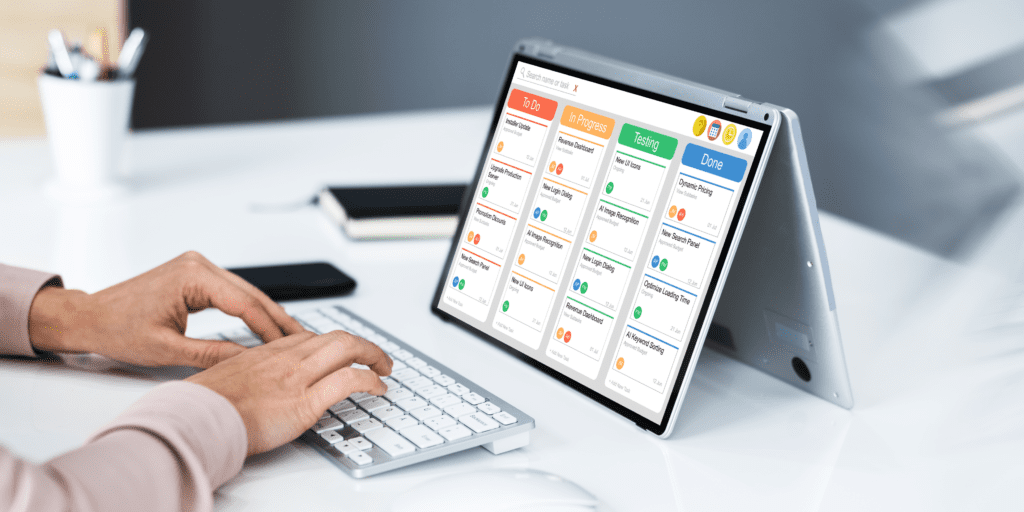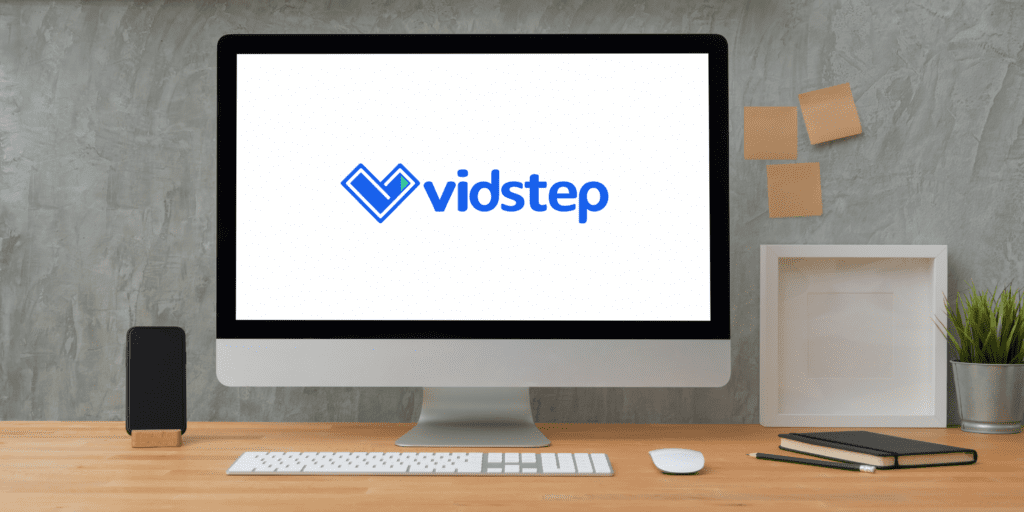Delegation isn’t just a way to lighten your workload. When implemented effectively, delegation can motivate employees and drive more effective results. With that in mind, delegation is not easy, so keeping your processes organised is essential.
This article will ask the four most critical questions: who, what, when, and how do you delegate?

Who, What, When, and How?
Whoever you’ll be assigning to take over work shouldn’t have to inherit a mess. Keeping your side of things neat and organised makes it possible for people to do stellar work down the line – hence the importance of figuring out who will be receiving tasks, what tasks are up for delegation, and when people can expect to receive new instructions.
There are a few ways to match tasks to employees. Select someone based on:
- Skills and experience: Naturally, you should delegate a task to someone with the expertise to complete it effectively. Play to your employees’ strengths.
- Preference: Accommodating your employees’ preferences is an excellent way to motivate and incentivise. Employees who enjoy their work are more likely to complete tasks efficiently. However, you’ll want to delegate preference-based tasks sparingly. Giving someone too much freedom to choose jobs they prefer can make them complacent.
- Availability: Just because someone is the best equipped for the job does not mean you should overload them. Consider your next-best candidate and take the opportunity to challenge their abilities.
Once you’ve delegated tasks to the appropriate team members, it’s time to create a working schedule. Use the following options to develop your timeline.
- Group by project type: Grouping tasks is an excellent way to maintain your project’s creative flow. It leaves little room for distraction and prevents primary objectives from becoming disjointed.
- Create a daily schedule: Itemising days allows teams to anticipate how much work needs to be done and enables them to plan accordingly. Avoid overloading your daily schedule and leave room for potential discrepancies.
List priorities: Work according to urgency and provide the necessary allowance for postponeable tasks. Avoid over-clogged to-do lists, which create unnecessary stress.

Working With Software
Part of effective delegation is achieving a bird’s-eye view of how your organisation functions. One of the best ways to manage your workforce is through software. Job management software can effectively replace time-consuming manual workflows and keep teams connected.
It can streamline your delegation process through:
- Job allocation: Assign jobs and communicate specifics such as deadlines, sub-tasks, contact details, and location. Provide full context for job orders.
- Timekeeping: Prevent schedule clashes and note which employees are on track. Put your project completion into perspective by lining up timesheets with your overall calendar. Is your project going according to schedule? If not, what is causing delays? Flag tasks that take too much time to complete and areas that may require support.
- Financial management: Track operational expenses and what areas may require additional funding.
- Collaborative tools: Quickly exchange necessary information through collaborative tools like file sharing, messaging, and notifications.

Figuring Out The How
When delegating tasks, the how’s of your operation pose the most significant risk for failure. Below are the three most common ways to ensure your team is equipped to handle delegation.
Formal Training
Formal learning occurs in planned settings and has clear business objectives. For instance, part of your formal training programme might include onboarding for new hires and might occur for one or two days.
Employee training programs aim to improve performance, provide baseline knowledge of specific business practices, and help simplify processes.
Training programs can occur face-to-face or online periodically. While formal training is a workplace necessity, it often can’t keep up with the pace of overnight industry changes. Not to mention, formal training can quickly eat into operational budgets and take up too much time.
Learning Management Systems
Learning management systems (LMS) enable employers to create and manage business-setting lessons. Features typically include slides, documents, flashcards, and quizzes.
Unlike formal training, employees can access LMS at any time and are not as expensive. However, it can become difficult to monitor compliance with LMS. Not to mention, it won’t deliver the personal touch that formal training programs can.
Video Software
Finally, video software provides an excellent avenue for showing and telling information that employees need to know. This software is highly customisable and can match employees’ specific learning styles.
For instance, you might use video software to create live workplace equipment demonstrations or communicate an abstract concept through animation.
While in themselves powerful tools, video software isn’t developed with the goal of delegation in mind, so adopting them into your business strategies can quickly become unproductive. In addition, video software comes with a steep learning curve that usually requires some background in basic production.

So, What Next?
Delegation encompasses multiple business skills that take time to master. While you can’t learn responsible delegation overnight, some tools can make the process easier for managers and their teams.
If none of the options listed is viable for your business, investing in software like Vidstep can enhance your processes—but how?
Using Vidstep to create video instructions can keep teams updated at any time. It aims to make on-the-go training more manageable through microlearning.
Suppose you’ve introduced a new piece of equipment in your warehouse. You can use Vidstep to demonstrate specific processes visually as part of your training programme. Because you can create unified workspaces on Vidstep, authorised team members can simply log into the app and refer to a specific set of instructions as a refresher.
Still, Vidstep is only complementary to an already fleshed-out training strategy.
Remember, relying solely on tools or software to do the heavy lifting for your delegation process is a recipe for disaster. Instead, approach these tools for support.

The Bottom Line
When you learn to delegate with the appropriate support tools and organisation, you can improve productivity and ensure that your employees perform the tasks that best suit them. While formal training, learning management systems, and video software are all viable options for improving your delegation strategy, keep in mind that software can only take you so far.
The key to excellent delegation is using these tools to support a proven and established strategy. With Vidstep, you can achieve just that.







